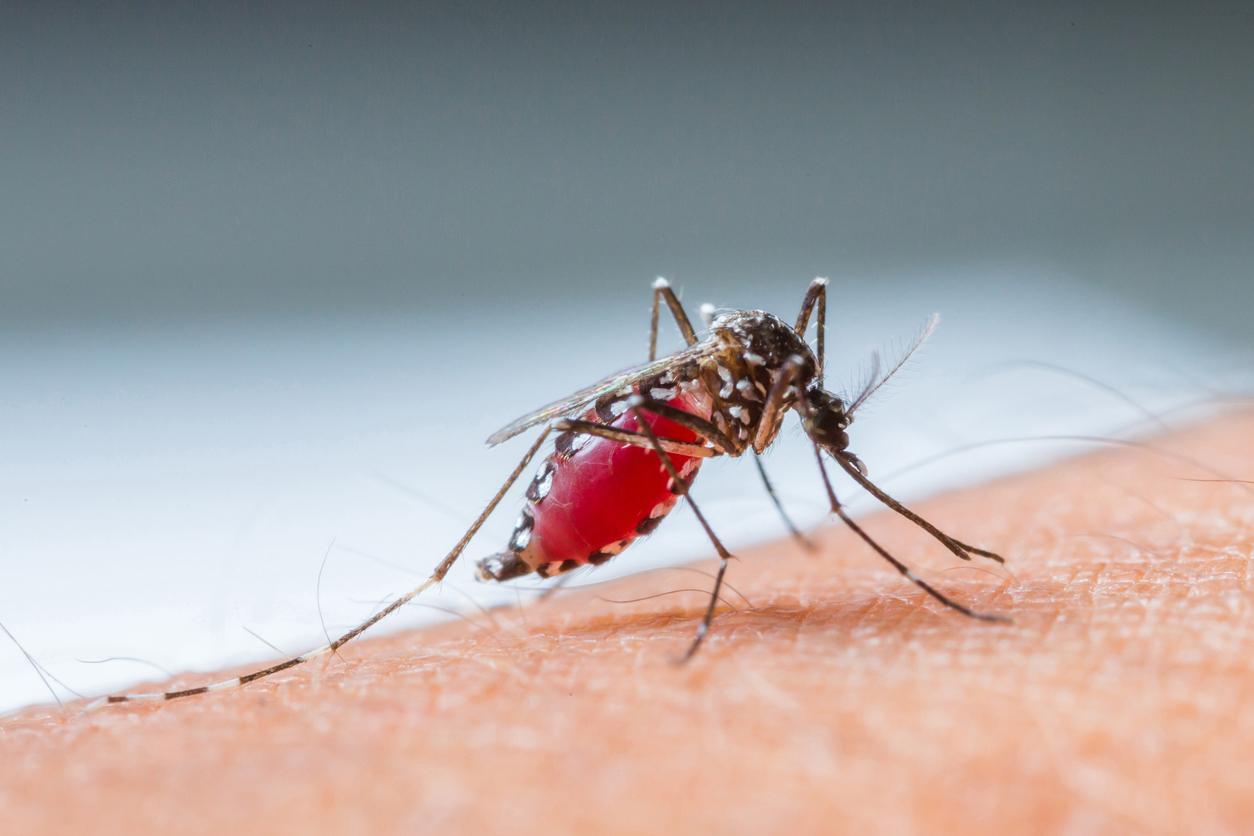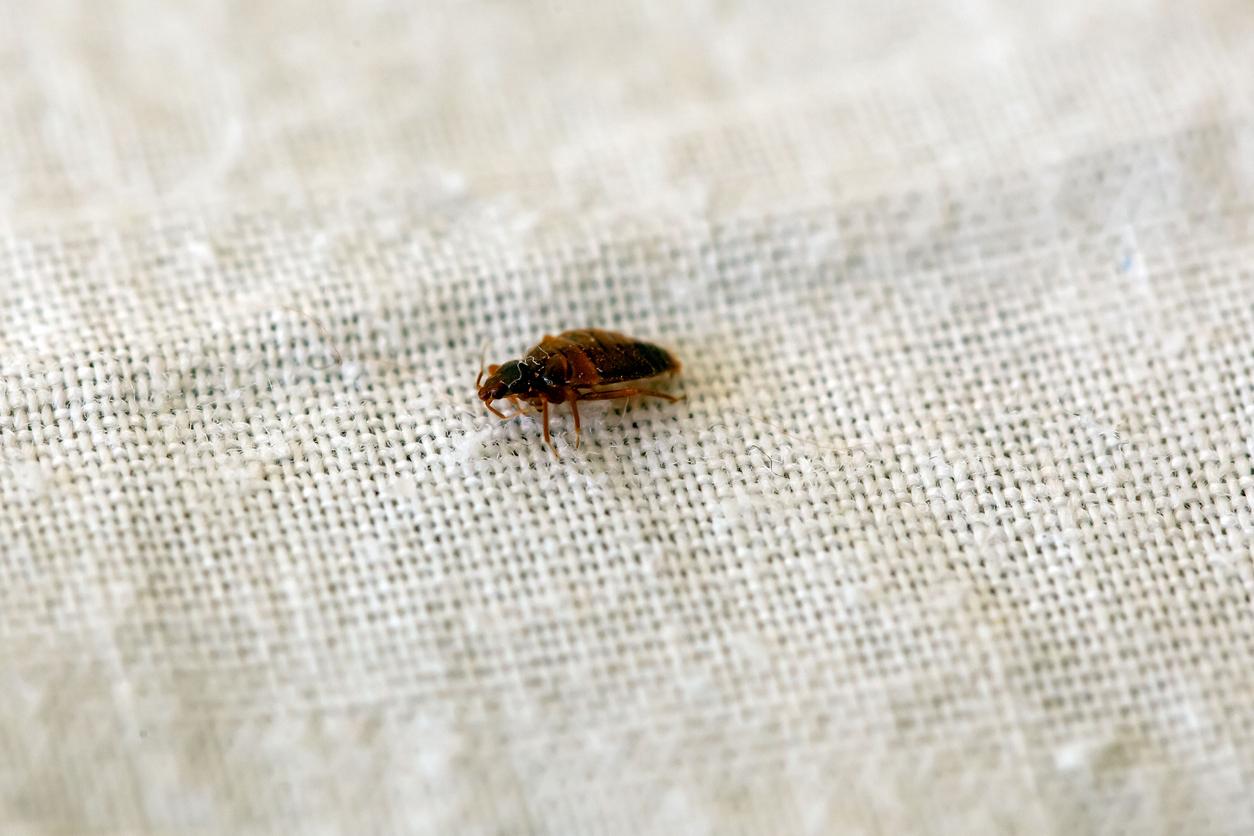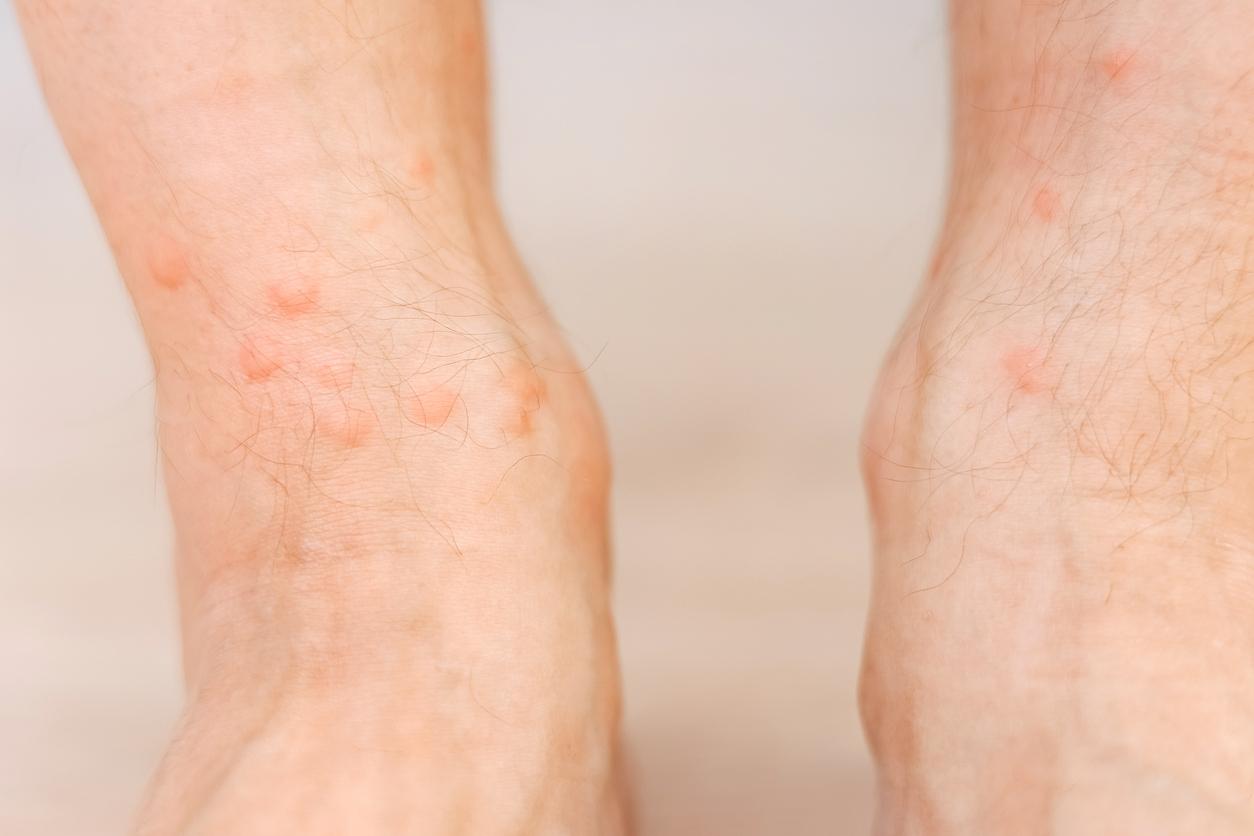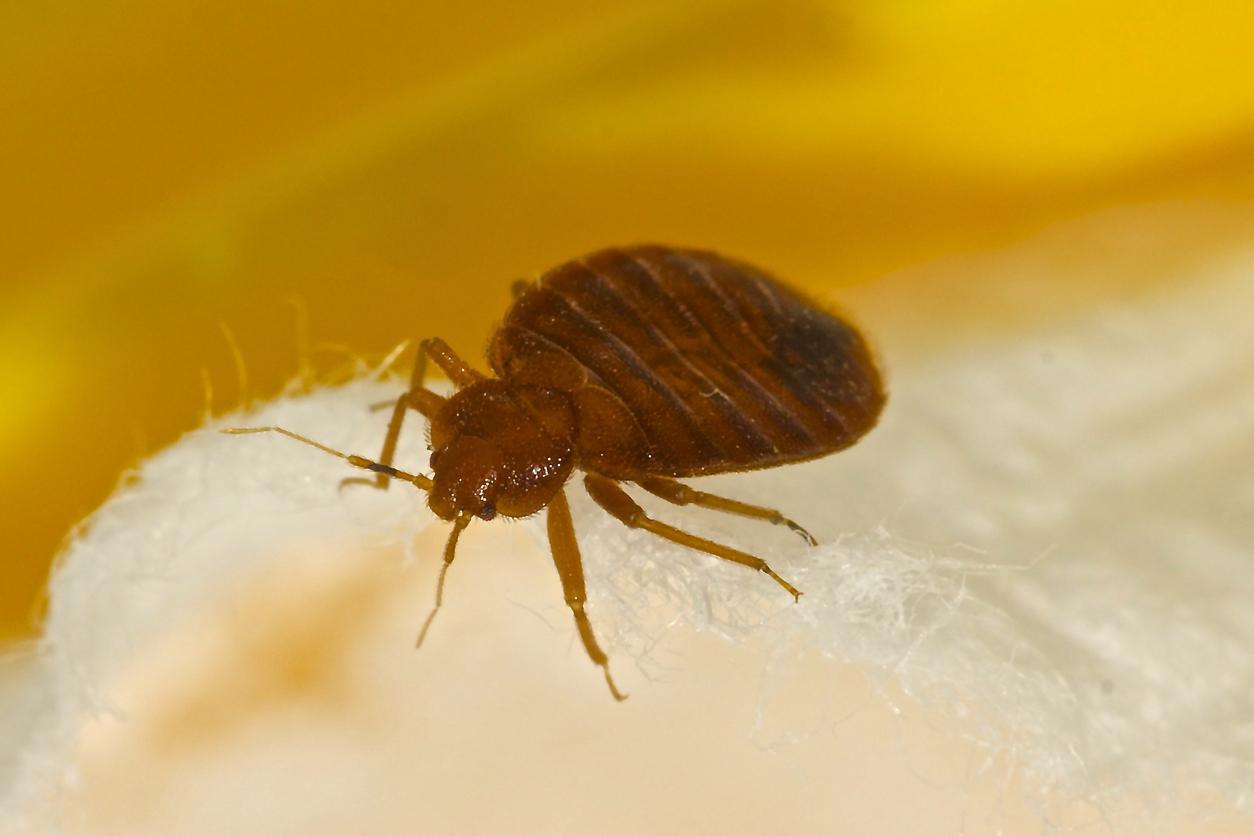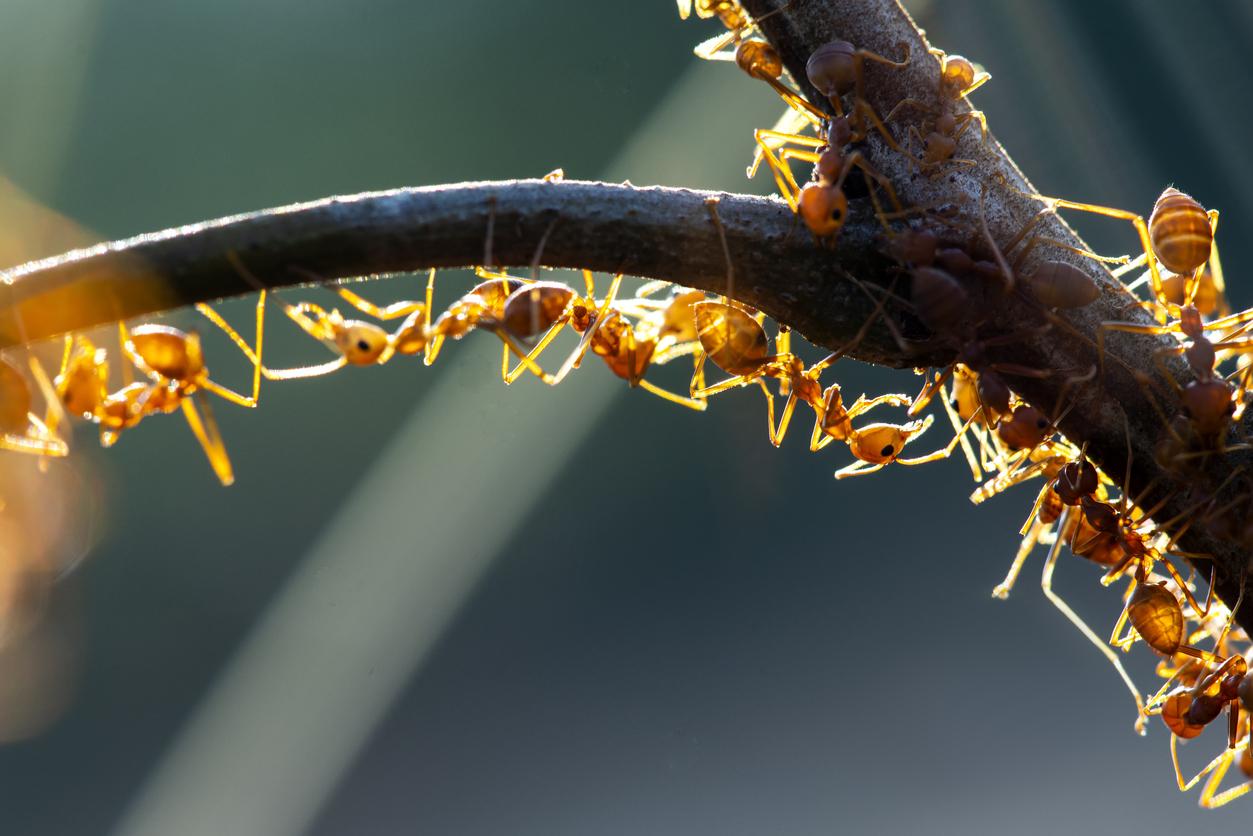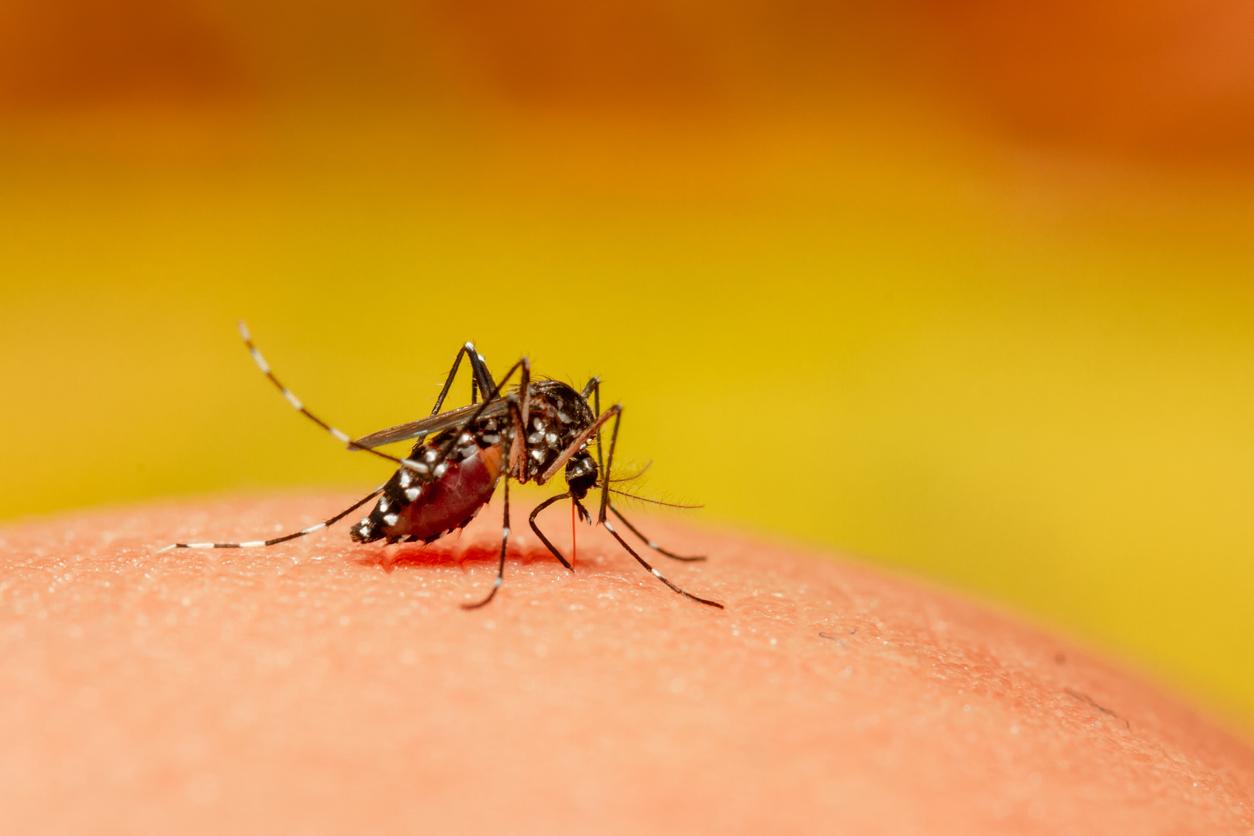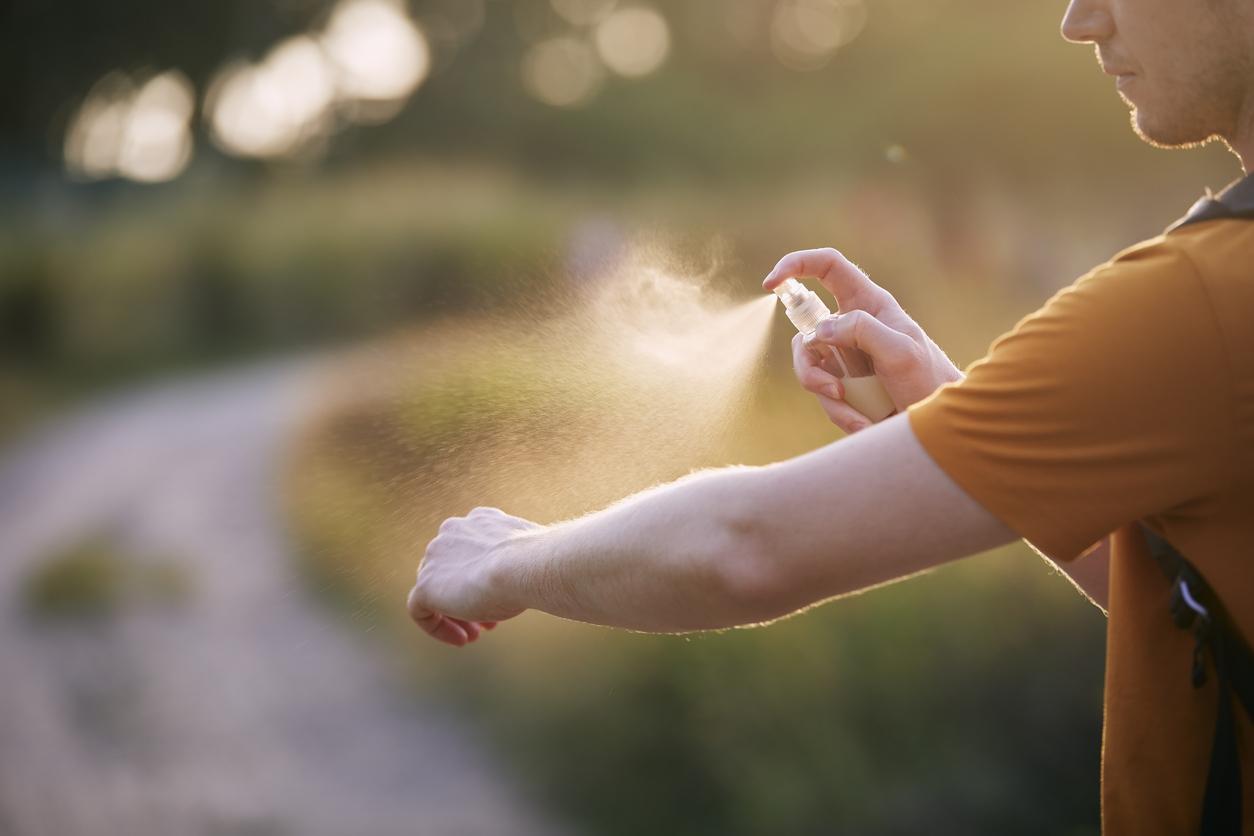- What is the Hornet?
- How to recognize a hornet sting?
- What are the symptoms ?
- What are the risks of a sting?
- What to do to treat and get rid of it?
- Is the hornet sting fatal?
- How to protect yourself and avoid getting bitten?
- How to get rid of a hornet’s nest?
What is the Hornet?
[Mise à jour, 22 août 2022] Three cyclists were bitten by hornets on Sunday August 21, near Briennon in the Roannais, we learned from our colleagues of France blue. Two of them were bitten nearly 50 times before being rushed to hospital.
Admittedly, this incident is rather rare: “These insects only react when they feel in danger”explained Bertrand Dufour, manager of the Loire wasp company, specialist for 10 years in the destruction of hornet and wasp nests in the Loire, to France bleu. “For example, you put your foot next to a nest without having seen it, it makes vibrations and then they come out to sting you. Or a nest fell with the wind in the forest and these cyclists were at near by lack of luck.”
The European hornet belongs to the Vespidae family. The female hornet measures between 2.5 cm and 3.5 cm long. She alone stings or bites when she feels in danger or that she is disturbed. Its stinger is longer than that of the wasp and the bee, but it does not lose it during the sting. The males are smaller. European hornets can be recognized by their colors: reddish wings and orange-yellow abdomen.
How to recognize a hornet sting?
As soon as the hornet stings, the pain is instantaneous. A redness appears like a slight swelling (2 centimeters maximum). The victim may feel an itch. The reaction disappears in a few minutes unless the hornet has bitten the mucous membranes of the face (lip, mouth, eyes, etc.).
What are the symptoms ?
In addition to a local reaction, there may be a toxic or allergic reaction. In this case, the subject suffers from nausea, vomiting, headache or a drop in blood pressure within 10 minutes of the hornet sting. You should therefore consult a doctor without further delay.
What are the risks of a sting?
The risk is severe allergy with the presence of Quincke’s edema or anaphylactic shock. If the swelling exceeds 10 cm in size, there are digestive, respiratory or cardiac difficulties, you must call the SAMU urgently. Fortunately, these reactions are very rare.
What to do to treat and get rid of it?
First of all, you have to remove rings and bracelets. Then, it is essential toapproach a heat source of the bite (flame of a lighter, hair dryer, etc.) so as to destroy the venom, which is heat-labile. Finally, it will be time to disinfect the bite with soap and water. Cold, used only after destroying the venom, will help reduce swelling.
Is the hornet sting fatal?
The hornet sting is not fatal as long as treatment in the event of a severe allergy is rapid. If the tetanus vaccine is not up to date, it is advisable to give an injection.
How to protect yourself and avoid getting bitten?
Do not walk barefoot on the grass. Perfumes and the smell of hairspray attract hornets, best to avoid them. Light colors are also more versatile. If a hornet approaches anyway, keep calm as much as possible and not make any sudden moves.
How to get rid of a hornet’s nest?
The best way to permanently get rid of a hornet’s nest is to destroy it. It is recommended call a professionalthey are equipped to prevent bites.
Sources:
- Wasp, bee, hornet and bumblebee stingsPoison Control Center
- Stings of wasps, bees, hornets and bumblebeesAmeli.fr
- Stings from bees, wasps, hornet and antsThe MSD Manual
- Bites of insects and other animalsVidal
Read also:
- I was stung by a wasp, a hornet or a bee: when to worry?
- Horsefly bite: symptoms, pain, allergies, what to do?
- Asian hornet sting: how to recognize it and treat it?










